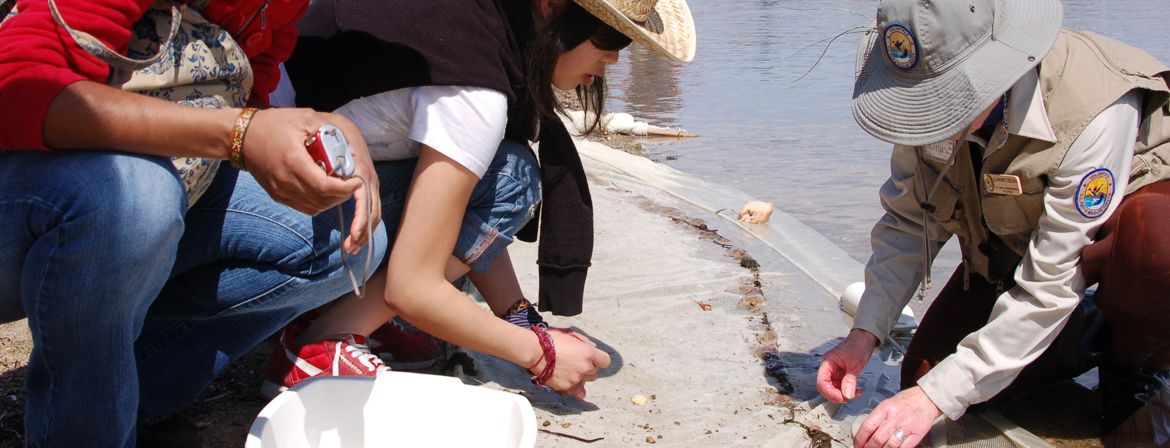This paper explores two different case studies where mass campaigns were used to address antibiotic use. Both cases emphasize the importance of understanding the target audience’s…
In Playa Vista, California, Ability2Change work-place based transportation campaigns used custom services and incentives to decrease single-occupant-vehicle (SOV) peak period beha…
From September 2008 to March 2011, Green Communities Canada’s EcoDriver program operated in twelve Ontario communities promoting fuel-saving behaviors in three core areas: fuel ef…
Designed to serve residents of Metro Vancouver, TransLink’s TravelSmart program helps businesses and individuals reduce the number of trips made in single-occupant vehicles by pro…
Woodside Gets Active was a three-month-long campaign that aimed to increase physical activity amongst parents and their children in Woodside (UK), an area known for having high le…
Developed in the Region of Peel, Ontario, Stepping It Up was a program designed to reduce car traffic and increase walking and cycling to school by working with elementary school …
Targeting gay men in the inner Melbourne region, the Drama Downunder campaign was designed to (1) increase access to diagnosis, treatment, and care of sexually transmitted infecti…
Ahead of the 2007 flu season, the Florida Department of Health decided to take on a new approach to pandemic preparedness – instead of implementing an information intensive campai…
Eat Smart to Play Hard (ESPH) was an obesity prevention campaign designed to increase fruit and vegetable consumption among 8–11-year-olds in both urban and rural school settings.…
Hospital de Barillas was one of many hospitals participating in the USAID Maternal Child Survival Program’s Clean Clinic Approach which worked with national ministries of health t…



